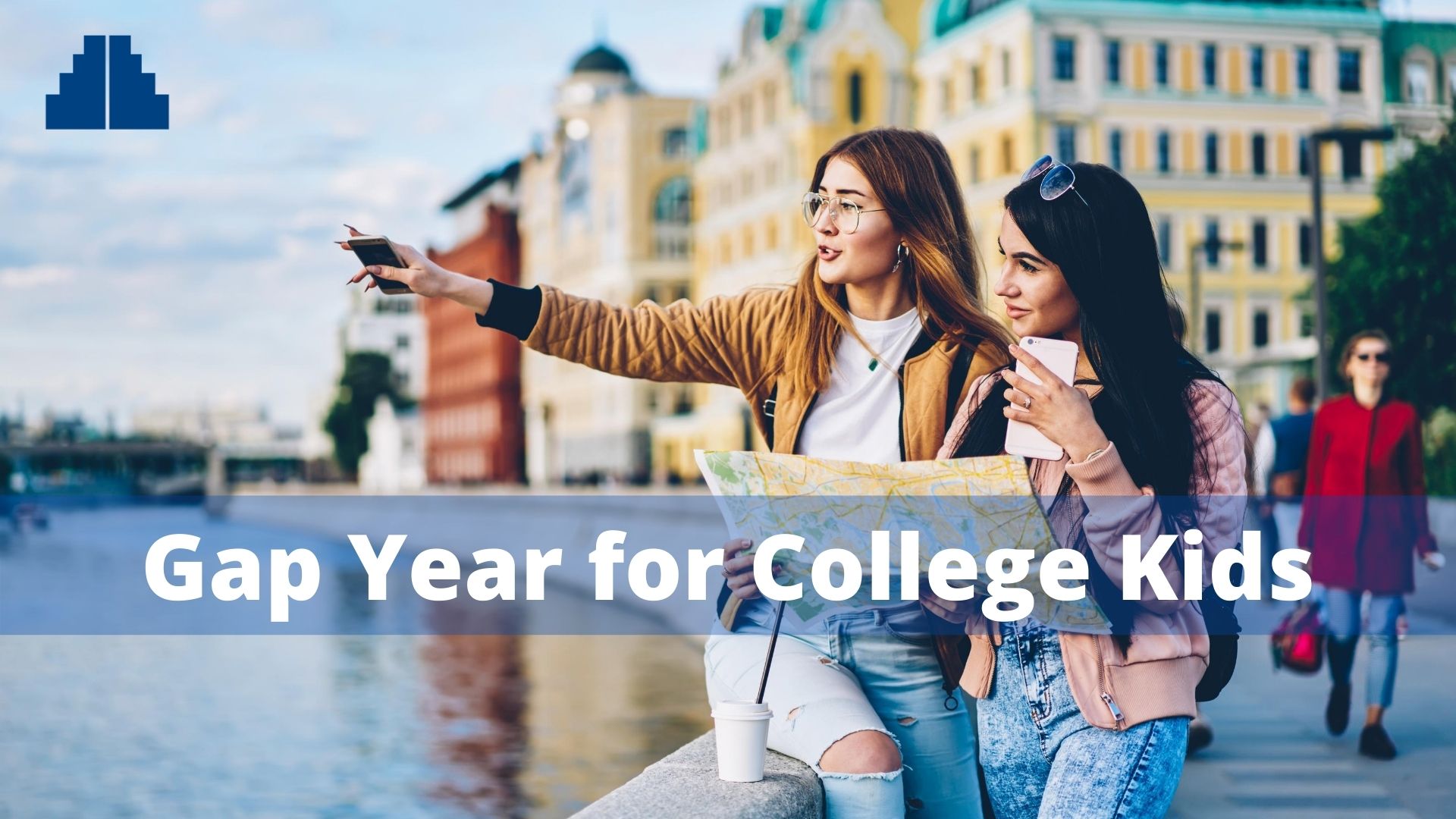
Gap Year for College Kids
Schools have been closed, and many folks are rethinking their plans for the coming academic year. Enrollment is down across the board, and it really shouldn’t come as any surprise. Beginning on March 13, it took just four short weeks for the number of completed applications to drop 45 percent compared to the same period the year before. Title I schools, a federal designation for public schools that have higher numbers of low-income students, experienced an even bigger drop. They saw a sharp 52 percent decrease.
Schools found that the coronavirus pandemic affected the abrupt change due to several factors. All of a sudden, students were thrust into a new way of dealing with their schooling and their future. It’s an unprecedented time in history. Being at a brick and mortar school meant access to counselors who typically guide them through the complex financial aid process. Many families don’t have reliable internet access at their homes, and so where they would ordinarily be able to go to a school or library to get an online form, they were unable to do so due to the closure and shutdown of the economy. The effects of these last few months are going to be felt for a long time. One thing is for sure though, it seems that next year will see a dramatic fall in enrollment.
Along with the economic uncertainty and struggle to even enroll, other factors are being taken into account that might mean an even higher rate of dropout or “gap years” being taken. Big Ivy League schools like Harvard University are also working on how to successfully and safely start up again. Harvard announced it plans to bring 40 percent of undergraduates to campus, including freshmen who will live in single bedrooms and be tested for Covid-19 every three days.
August will see Princeton University allowing about half of its undergraduate students back to campus, and they will also test students for Covid-19 when they arrive and regularly thereafter. The other half can only return the next semester. Along with these guidelines, anyone indoors including visitors will have to wear a mask.
Harvard estimates the total billed and unbilled costs of going to their prestigious university is at almost $80,000 for the 2019-2020 school year at Harvard. If you were shelling out that kind of money, you would want to be sure of getting the best attention and care, as well as feeling safe in the knowledge you aren’t going to get sick and miss lectures or tests and assignments. It’s no wonder people are taking a year off.
This sort of disruption of learning isn’t easy to deal with, and who knows how many of those denied to return this semester will still be able or wish to continue with their studies next year?
IMPORTANT DISCLOSURES
Material contained in this article is provided for information purposes only and is not intended to be used in connection with the evaluation of any investments offered by David Lerner Associates, Inc. This material does not constitute an offer or recommendation to buy or sell securities and should not be considered in connection with the purchase or sale of securities.
To the extent that this material concerns tax matters, it is not intended or written to be used, and cannot be used, by a taxpayer for the purpose of avoiding penalties that may be imposed by law.
Each taxpayer should seek independent advice from a tax professional based on his or her individual circumstances.
These materials are provided for general information and educational purposes based upon publicly available information from sources believed to be reliable– we cannot assure the accuracy or completeness of these materials. The information in these materials may change at any time and without notice.
David Lerner Associates does not provide tax or legal advice. The information presented here is not specific to any individual's personal circumstances. Member FINRA & SIPC.

